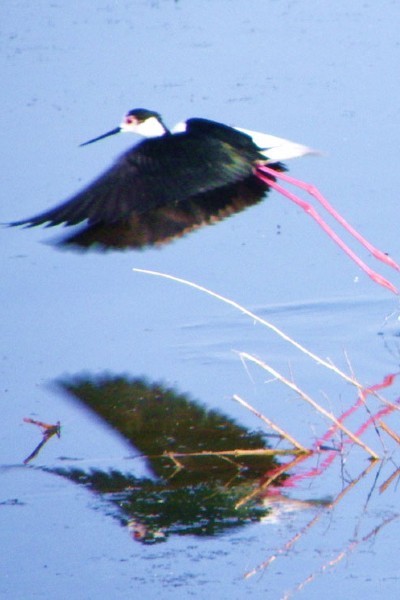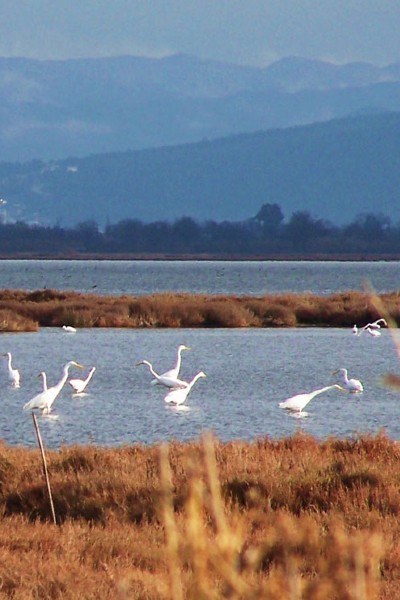Biodiversity Conservation

This research direction includes
The research work related to biodiversity conservation is conducted in accordance with the requirements of the EU Directive on the conservation of natural habitats and of wild fauna and flora (92/43/EEC), as well as with the principles laid down by the Convention on the Conservation of European Wildlife and Natural Habitats (Bern, 1979) and the Convention on Biological Diversity (Rio de Janeiro, 1992)
Consequently, the activities of this research group focus on acquiring and managing biological and ecological data related to species, habitats, site and protected-area conservation, and on the development of environmental management applications for maintaining essential ecological processes and life support systems.
The fields of research in this axis are multiple and, inter alia, include:
In this research field, the institute supports several scientists with in-depth experience on Mediterranean freshwater fishes; macro-invertebrate communities; birds and reptiles; river, pond and wetland habitat ecology; riparian, lake and wetland vegetation; urban water bodies, protected-area management; and habitat restoration. Marine fishes and threatened marine invertebrates also occupy the institute’s marine scientists as elements of the biodiversity that requires assessment, conservation and monitoring.
